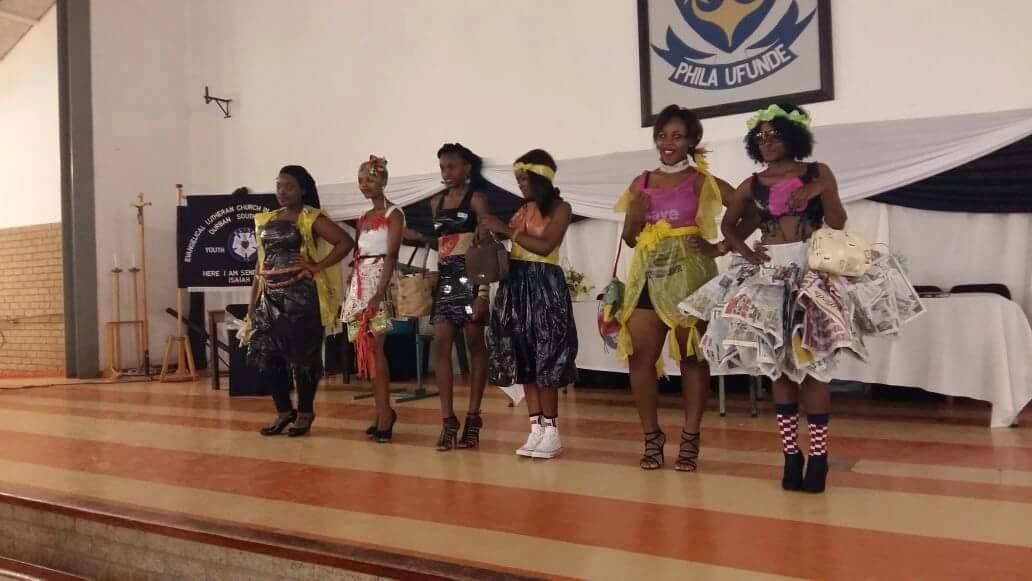In 2016, I attended the ELCSA Durban Circuit Annual Youth League Conference, a gathering filled with music, reflection, and youthful energy. But one activity stood out, an environmental modelling session that went far beyond creativity. Delegates were invited to use waste materials (plastics, papers, bottles, and wrappers) to design clothing and artworks that spoke to the problem of waste and pollution.
It was a simple act, yet profoundly symbolic. In those colourful makeshift outfits and hand-crafted displays, the youth were preaching a sermon of stewardship, that creation care begins with what we throw away, and that even discarded things can be transformed into beauty.
Looking back nearly a decade later, that activity feels prophetic. What was then a playful exercise in recycling has today become a global imperative. Plastic pollution has reached every corner of the planet, from Durban’s beaches to the Arctic snowcaps. Scientists estimate that over 11 million tonnes of plastic enter the oceans each year, threatening marine life, ecosystems, and human health.

The young people of 2016 were unknowingly part of a much larger story, one that connects their creative modelling to today’s global struggles for environmental justice. Their message was clear: the future church must be a green church; the future leaders must be ecological disciples.
This is exactly the spirit that Green ELCSA seeks to rekindle. As a platform within the Evangelical Lutheran Church in Southern Africa, Green ELCSA calls us to integrate faith, ecology, and action, to see environmental care not as a side activity, but as a form of worship and justice.
The modelling activity in 2016 was a theological act as much as it was an environmental one. It embodied the biblical truth that creation is good, that wastefulness contradicts stewardship, and that youth are vital co-workers in God’s renewal of the earth. Today, under Green ELCSA’s vision, faith in action for creation, such activities can be revived as part of eco-liturgical education, parish campaigns, and school or circuit events.
What began as a local youth exercise now resonates with international climate processes. The world is negotiating the first-ever Global Plastics Treaty, which was expected to be finalized in 2025. These negotiations are currently in a state of stalemate due to deep divisions among nations on key issues, primarily whether the treaty should include legally binding caps on plastic production. The second part of the fifth and intended final session (INC-5.2) in Geneva, which concluded in August 2025, failed to reach a consensus, and no new date for a final meeting has been set.
This treaty aims to curb plastic pollution across its entire lifecycle, from production to disposal. For us in the church, the treaty is not just a technical negotiation, it’s a moral question. How can we ensure that Africa’s waste burden is not increased by imports of global plastic waste? And how can local youth initiatives, like that 2016 modelling initiative, inspire community-based recycling and re-use systems that empower people instead of polluting them?
The memory of that Durban conference reminds us that every small act of care is part of a larger divine movement. The youth who turned plastic into art were proclaiming the gospel of transformation, that even waste can be redeemed, just as humanity can be renewed. As Green ELCSA continues to build its strategy and partnerships, let us draw from that youthful creativity and spiritual energy.
We should host eco-competitions, art and theology sessions, and parish “zero waste” campaigns that connect local faith action to global justice struggles. Because in the end, caring for creation is not just environmental activism, it is discipleship in action. And those two photographs from 2016 are not just memories; they are prophetic images of a church that believes in resurrection, even for the Earth itself.
